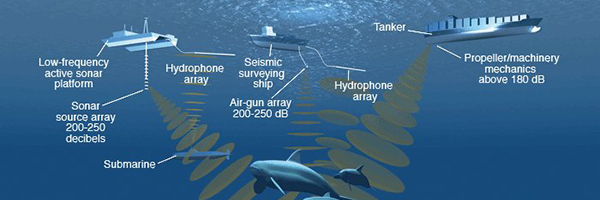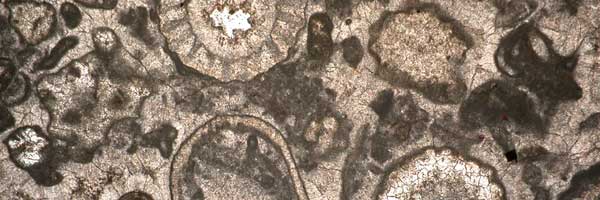This in-depth site defines sound and describes its measurement, behavior in water, and importance to marine life and humans. Follow the Resources link for interactive lessons plans using audio data, plus reference materials. Extensive audio gallery includes examples of sound production by invertebrates, fishes, marine mammals. Human uses of underwater sound and the technology and applications of acoustic equipment are explained. The Career Gallery has profiles of researchers in physical oceanography, marine biology, engineering and other careers.












